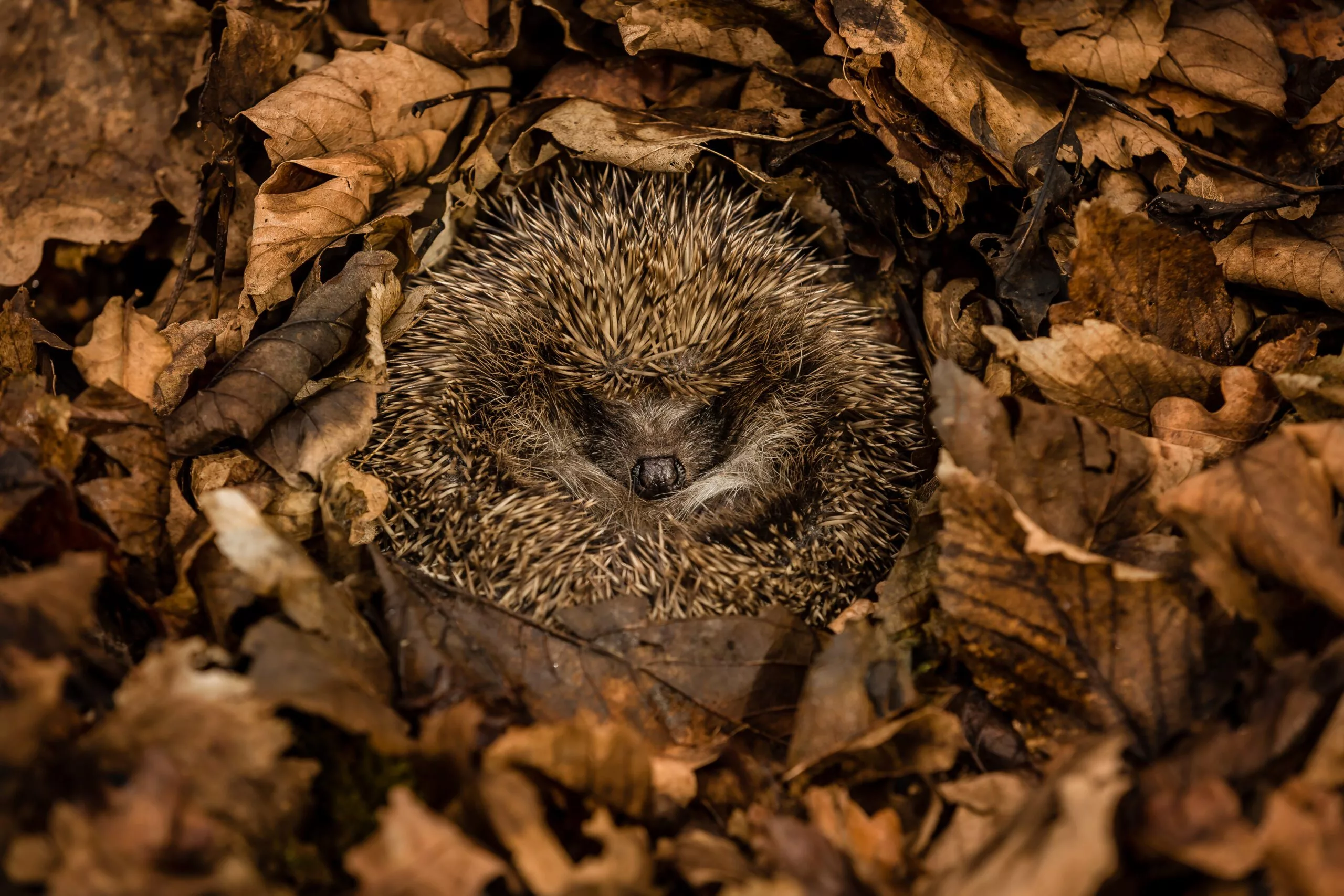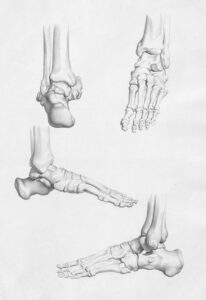As the seasons change and temperatures drop, many animals employ survival strategies to conserve energy and withstand harsh conditions. Among these strategies, torpor and hibernation are two of the most well-known. While they are often used interchangeably in casual conversation, torpor and hibernation are distinct biological phenomena with unique characteristics and implications for the animals that use them.
Both torpor and hibernation involve a state of reduced metabolic activity, allowing animals to conserve energy during periods of environmental stress. However, they differ in their duration, depth, and triggers. Understanding the difference between torpor and hibernation provides valuable insights into the adaptability of animals and the intricate ways they interact with their ecosystems. In this article, we will explore the definitions, mechanisms, and examples of torpor and hibernation, highlighting what sets them apart and why they matter.
Understanding Torpor
1. What Is Torpor?
Torpor is a state of reduced metabolic rate and lowered body temperature that allows animals to conserve energy during periods of limited food availability or harsh environmental conditions. Unlike hibernation, torpor is typically a short-term adaptation, lasting anywhere from a few hours to several days. It is often used on a daily or intermittent basis, depending on the species and its environment.
During torpor, an animal’s heart rate, breathing rate, and body temperature decrease significantly, reducing the energy required for basic physiological functions. This state is often triggered by external factors such as cold temperatures, food scarcity, or high energy demands. For example, small mammals like bats and hummingbirds enter torpor at night to conserve energy when they are not actively foraging or feeding.
2. Types of Torpor
There are two main types of torpor: daily torpor and seasonal torpor. Daily torpor is a short-term strategy used by animals to cope with daily fluctuations in environmental conditions or energy availability. It is common among small birds and mammals, such as chickadees and mice, which have high metabolic rates and limited energy reserves.
Seasonal torpor, on the other hand, is a longer-term adaptation that occurs during specific times of the year. For instance, some species of bats enter torpor during winter months when insects, their primary food source, are scarce. While seasonal torpor may last several weeks, it is not as prolonged or deep as true hibernation.
3. Benefits and Limitations of Torpor
Torpor provides significant energy savings for animals, allowing them to survive periods of reduced food availability and extreme temperatures. It also enables animals to remain relatively active, as they can wake up and resume normal activity when conditions improve or threats arise. For example, a hummingbird in torpor can quickly return to an active state to escape predators or forage for food.
However, the shallow depth and short duration of torpor mean that it is not as effective as hibernation for surviving extended periods of extreme conditions. Animals in torpor are also more vulnerable to predation, as their reduced metabolic state limits their ability to react quickly to threats.
Understanding Hibernation
1. What Is Hibernation?
Hibernation is a prolonged state of dormancy that allows animals to survive extended periods of cold temperatures and food scarcity. It is characterized by a significant reduction in metabolic rate, body temperature, heart rate, and breathing rate. Unlike torpor, hibernation typically lasts for weeks or months and is a seasonal adaptation triggered by changes in environmental conditions.
During hibernation, animals enter a deep state of inactivity, often retreating to protected environments such as burrows, dens, or caves. This prolonged dormancy enables them to conserve energy and rely on stored fat reserves for sustenance. Hibernation is common among species that face harsh winters, such as bears, ground squirrels, and some reptiles and amphibians.
2. The Process of Hibernation
The process of hibernation involves several physiological changes that prepare animals for long periods of inactivity. Before entering hibernation, animals typically undergo a phase called hyperphagia, during which they consume large amounts of food to build fat reserves. These fat stores serve as the primary energy source during hibernation.
Once hibernation begins, an animal’s body temperature drops to near-ambient levels, significantly reducing energy expenditure. For example, the body temperature of a ground squirrel can drop from 37°C (98.6°F) to just a few degrees above freezing during hibernation. Heart rate and breathing rate also slow dramatically, conserving oxygen and further reducing metabolic demands.
3. Benefits and Limitations of Hibernation
Hibernation is a highly effective strategy for surviving extended periods of harsh conditions. By entering a state of deep dormancy, animals can conserve energy and avoid the challenges of finding food or maintaining body heat during winter. Hibernation also reduces exposure to predators, as animals remain hidden and inactive in their shelters.
However, hibernation has its limitations. The prolonged dormancy can make animals vulnerable to habitat disturbances, such as logging or construction, which may destroy their hibernation sites. Additionally, waking from hibernation requires significant energy, and repeated disturbances can deplete an animal’s fat reserves, reducing its chances of survival.
Key Differences Between Torpor and Hibernation
1. Duration
One of the most significant differences between torpor and hibernation is their duration. Torpor is a short-term state that typically lasts for hours or days, while hibernation is a long-term adaptation that can span weeks or months. This distinction reflects the different environmental challenges and survival strategies of animals that use these mechanisms.
For example, a hummingbird may enter torpor nightly to conserve energy, while a bear hibernates for the entire winter to survive prolonged food scarcity and cold temperatures.
2. Depth of Dormancy
The depth of dormancy also distinguishes torpor from hibernation. Animals in torpor experience a moderate reduction in metabolic rate and body temperature, allowing them to wake up relatively quickly if needed. In contrast, animals in hibernation undergo a much deeper reduction in physiological activity, making it more challenging and energy-intensive to wake up.
This difference makes torpor more suitable for short-term energy conservation and hibernation more effective for surviving extended periods of environmental stress.
3. Triggers and Timing
Torpor is often triggered by immediate environmental conditions, such as a drop in temperature or a lack of food, and can occur at any time of year. Hibernation, on the other hand, is a seasonal adaptation triggered by changes in daylight, temperature, and food availability. Animals that hibernate typically enter this state as a predictable response to winter conditions.
These differences in triggers and timing reflect the varying ecological niches and survival strategies of animals that use torpor and hibernation.
Examples of Animals That Use Torpor and Hibernation
1. Animals That Use Torpor
Many small mammals and birds use torpor as a short-term energy conservation strategy. Examples include:
- Hummingbirds: These tiny birds enter torpor at night to conserve energy when they are not feeding.
- Bats: Some species of bats use torpor during cold nights or periods of food scarcity.
- Mice: Small rodents, such as deer mice, enter daily torpor to reduce energy expenditure during cold or resource-scarce conditions.
2. Animals That Hibernate
Hibernation is more common among larger mammals and certain reptiles and amphibians. Examples include:
- Bears: Although technically in a state closer to torpor, bears hibernate for months to survive winter food shortages.
- Ground Squirrels: These rodents enter true hibernation, with their body temperature dropping near freezing.
- Box Turtles: These reptiles hibernate underground to avoid freezing temperatures.
Conclusion
Torpor and hibernation are remarkable adaptations that enable animals to survive challenging environmental conditions. While they share similarities in reducing metabolic activity to conserve energy, their differences in duration, depth, and triggers reflect the diverse strategies animals use to navigate their ecosystems. Understanding these mechanisms not only highlights the ingenuity of nature but also underscores the importance of protecting the habitats that support these survival strategies.
By studying torpor and hibernation, scientists can gain valuable insights into energy conservation, climate resilience, and even medical applications. As we continue to explore the intricacies of these phenomena, we deepen our appreciation for the adaptability and resilience of the natural world.




